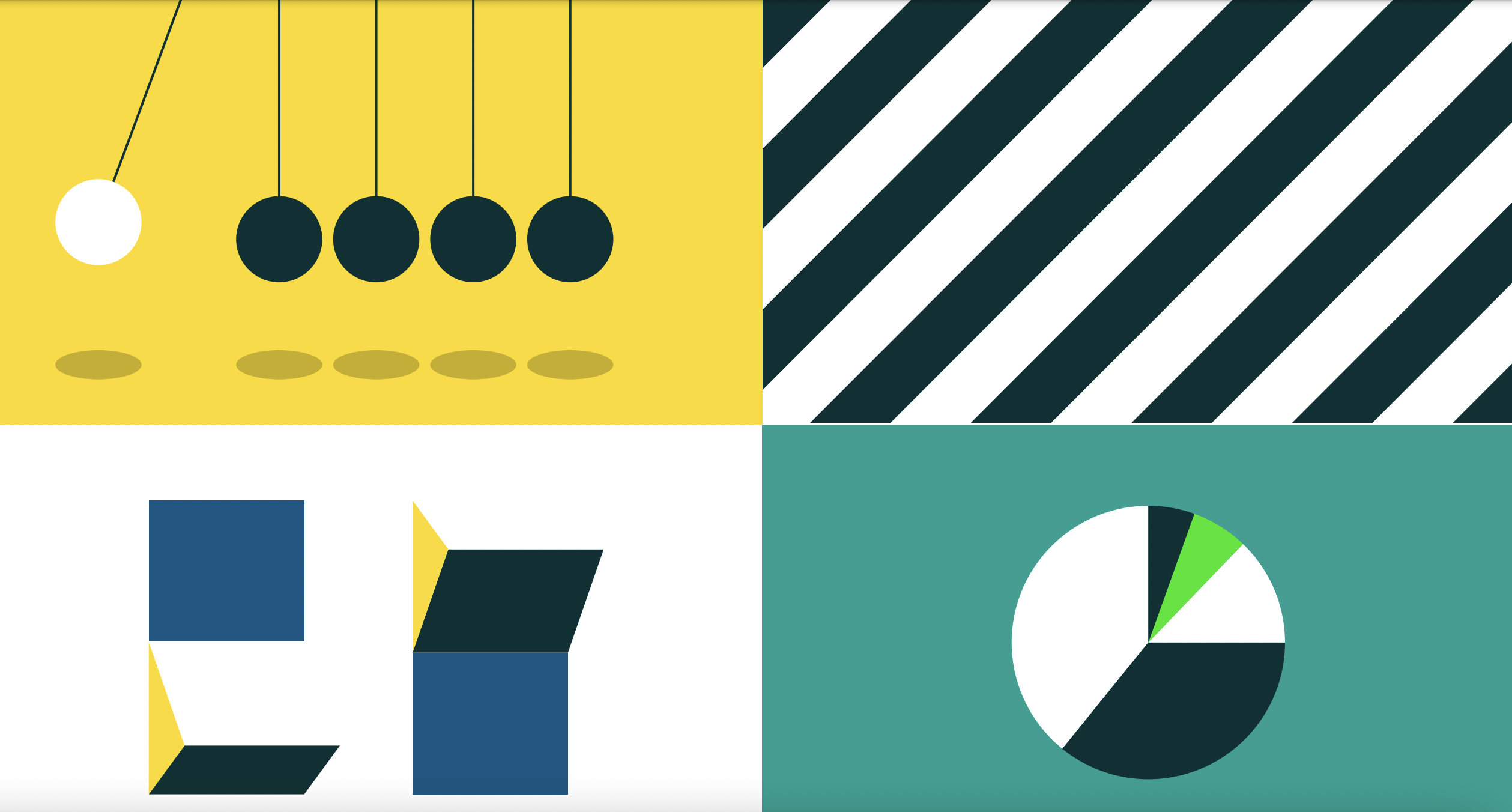Exploring unintended consequences: Using Design to Do The Right Thing

With emergency climate change, political instability, systemic inequalities and raw material shortages, we each have a pressing responsibility to be respectful and considerate as we innovate and develop new products, technologies, policies and services.
Whilst we must reverse unintended consequences, we live in a complex, deeply interconnected and uncertain world. The existence of each action we take, the products we create and the processes we implement have knock-on second and third-order effects. Such effects may be intended, unintended, positive or negative but more often than not, a combination of all four.
The innate complexity of the world and our tendency to focus on the immediate, combined with conventional economic models and ways of working, often leaves innovators struggling to anticipate and design for emergent behaviours, dynamic effects, social responses and full product life cycles.
At an individual project level, the wider system beyond the technology is frequently forgotten, but it’s not just start-ups who face this challenge. The problem is ubiquitous.
Systems-aware design holds massive and largely uncovered potential. We simply must take time to give design its rightful place in the innovation process. We cannot afford not to take action.
The opportunity for better application of good design is widely established in terms of better economic outcomes but there is more to be realised. We must challenge status quo ways of working and start to do things differently.
- Wind turbines, a clean energy technology with significant environmental benefits, have blades made from composite material. This material cannot be recycled or remanufactured and when blades need to be replaced after 20 years or so, the huge structures end up in landfill.
- Cars are rigorously tested for safety but traditionally crash test dummies based on the anthropometrics of a male have been used. Consequently, women are 47% more likely to sustain serious injuries and 71% more likely to be moderately injured and 17% more likely to die.
- Ambitious city architecture project flares outwards to create more space on the more expensive upper floors – clever design to maximise the earning from the highest priced rental space. Unintentionally this has the effect of focusing the sunlight on the road below, creating heat intense enough to melt car parts.
- Automated Speech Recognition (such as that developed by Google) is trained on data mainly composed of Male voices. Consequently, the software tends to only ‘hear’ male voices. Perhaps more alarmingly, racial bias in ASR systems is a recognized problem.
In each of the examples, systems-aware design could have been applied to mitigate and manage (or at least anticipate) the unintended consequences.
The Design Innovation Network is concerned with how we might use design to Do The Right Thing as well as just doing the thing right.
Some of the Design Innovation Network community told us how they approach the challenge of unintended consequences.
Tim Kerby, Founder and CEO of Edinburgh Systems recommends systems engineering
“Systems engineering, in general, helps for unintended consequences as it encourages holistic thinking about problems and an understanding of what’s outside the system boundary. In terms of more formal techniques, ‘What If’ analysis is often used as are methods like ‘Failure Mode & Effects Analysis’ (FMEA). Outside of what can go wrong, but looking at how systems behave, mapping Stakeholder Value Networks and looking at System Dynamics can help manage complexity and indirect impacts.”
Abi Hird, Design Innovation Network Lead at Innovate UK KTN recommends systems thinking, inclusive design and mapping
“Systems thinking and modelling methods focus on interconnectedness and interdependence. They help identify and resolve conflicting requirements and make wonky assumptions (which often go unsaid) explicit. Mapping out what you mean, how you understand interactions and sharing thinking early on can help mitigate against so much misunderstanding. Some of the relationships and interactions can be described and modelled in more sophisticated ways – through simulations or prototyping but clear doodles of systems views (the life cycle, the interfacing systems, the information sources and data flows) on a piece of paper go a long way. The one tip I’d give is to create multiple views to understand different perspectives – and don’t try to cram them all into one model or diagram – good designers can help you find the most appropriate modelling method for the viewpoint you want to describe.”
Ben Griffin, Innovation Lead at Innovate UK recommends A behaviour-science informed approach and consideration of AI.
“I’d recommend having a look at IN CASE, a behavioural approach to anticipating unintended consequences developed by the Cabinet Office Behavioural Science Team. It’s intended for policymakers and communicators but could be relevant in other areas too. Also, moving forward this is an area where AI might play a role. It is interesting to consider the potential unintended consequences of using AI to identify unintended consequences!”
Samantha Jackman, Director at Boost Innovations recommends inclusive, human-centred design approaches, testing and prototyping.
“I’d be tempted to refer back to human-centred design methodology to consider how unintended consequences could have the potential to be commercialised within secondary markets. Perhaps exploring via ‘testing packs’ which provide structure to user testing (we used cultural probes to explore the issues of women after breast cancer) might help refine the unintended consequence into a more developed idea with the input from target customers in a co-design process. This can be done remotely – our packs are always sent in the post!”
Where have you experienced unintended consequences and what might you recommend? We’d love to hear from you. Perhaps you are developing a product, service or technology just now and are keen to ensure that you Do The Right Thing. We’d love to hear from you.
Get Involved
If you’d like to find out more about using design to address systems-level challenges and to overcome unintended consequences, sign up to the Design Innovation Network.
Related programme

Innovation Networks
Through our Innovation Network programme, we’ve united some of the best minds and greatest thinkers from across the UK in areas of innovation, development and new technologies.

